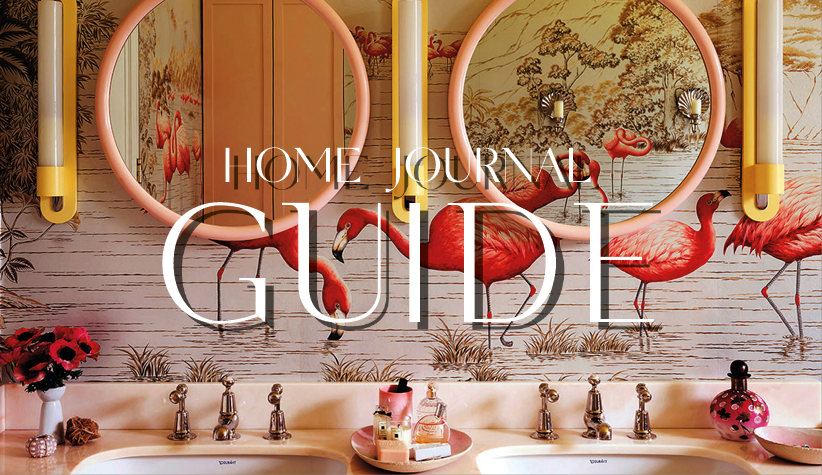For many urban dwellings, blurring the boundaries between the indoors and out is understandably desirable; a way to bring in the outdoors amid the crowded hubbub of the city.
But for this house in Ho Chi Minh City’s densely populated District 10, the boundaries have been deliberately and strategically cut out altogether. The multi-storey house, unconventionally cut, virtually bends to nature’s requirements to let the outdoors in.

All this was done out of necessity. The site of the house sits within close proximity to other buildings, meaning any structure built in its place would sit in the shadows of neighbouring buildings.

Letting in light, as well as healthy doses of fresh air, were the key requirements of a gentlemen for Sanuki Daisuke Architects, the local architecture firm he enlisted to build a house for his mother and her family.

"Only three people live in this house, but we needed to designed five bedrooms. Most Vietnamese clients request many bedrooms in their house – the bedrooms are aimed not only for family, but also for their relatives and friends in Vietnam," says Sanuki.

To achieve these, the architects maximised the site's construction volume while making considerations for a garden. They also set out to watch the sun’s movements to map out how the interiors could receive as much light as possible.

The result is a diagonal cut in the building that makes way for an open floor space, as well as bedrooms receiving sunlight – indirectly, to prevent overheating. Instead, natural light is reflected from the floor into the indoor spaces, to brighten them up.

"The most difficult part of this project is making the space feel open, within such a crazy tight area," says Sanuki Daisuke, director at his namesake architecture firm. Construction, too, proved a challenge, thanks to the narrow passageways available to transport the materials.

The bedrooms, five in total, are stacked into a block. The common area, kitchen, and dining room are on the first level, with a living room on the second floor and a worship room on the third. A void in the structure creates a continuous open space that connects all levels from the ground to the roof, allowing wind and sunlight to travel across the house throughout the day.

"We like to consider how to create open outdoor spaces within a site," Sanuki says, reflecting on his firm's architectural philosophy. "We believe it's very important to consider outdoor space in a tropical climate. Especially in a southeast Asian city, where people like to stay and enjoy outdoor spaces."

"The photos don't share the exprience of this house very well," he adds, "but people reach the entrance from a very narrow alley – and encounter a big, open entrance."

"Additionally, the light and breeze change in direction from time to time. We think these experiences are unique to the home."

"I think we were able to create that wide-open feeling within the crowded urban landscape."






